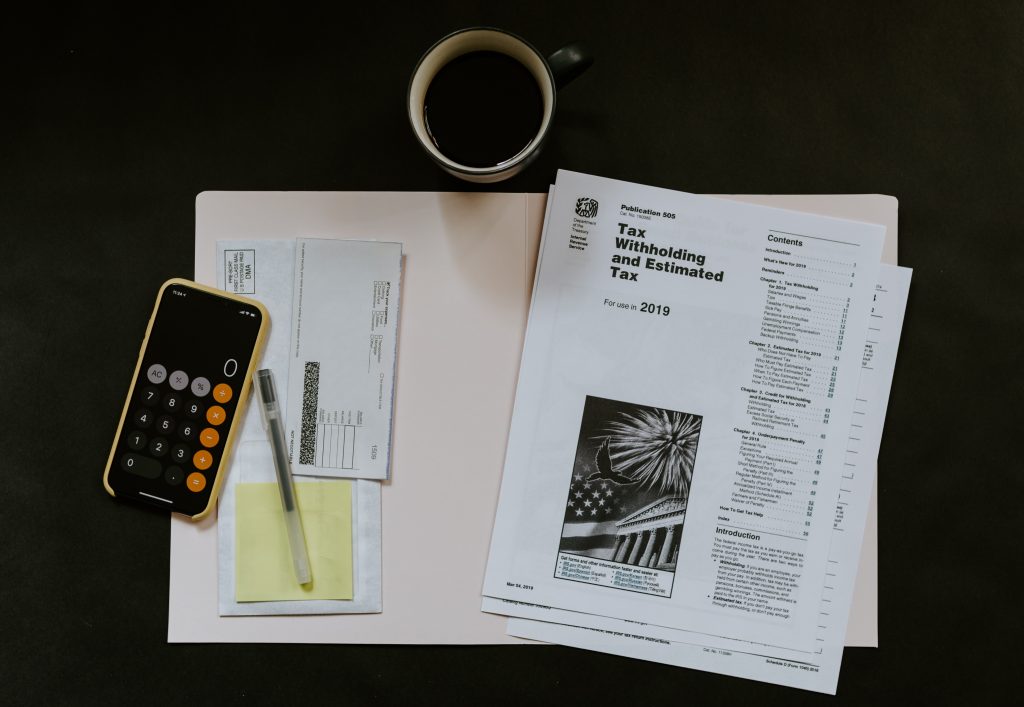Depending on where your business is based, you must comply with your country’s anti-money laundering act.
AML is a set of laws and procedures that are intended to prevent criminals from disguising ill-gotten funds as a legitimate income. Thus, AML compliance can help you deter culprits who use the money to conceal their crimes.
But what is money laundering anyway? And why you should stop it from happening in your business?
Defining Money Laundering
Investopedia’s James Chen defines money laundering as “the process of making large amounts of money generated by criminal activity.” This includes drug trafficking or terrorist funding, although culprits will make it appear that it is from a legal source.
Criminals get the money from a dirty source and then “launders” or cleans it to make it look like it was earned from an honest living.
Chen added that there are various ways to cover dirty money’s trail. One of the most common ways to use a legitimate business that happens to be owned by a criminal organization.
For example, a restaurant can inflate their daily cash receipts to funnel illegal money using the restaurant’s bank account. And then the organization can withdraw it as needed.
Here’s how money laundering usually works:
- Placement. This means putting the “dirty money” money into a legal financial system.
- Layering. This refers to creating a complex layer of financial transactions (i.e., buying and selling stocks) to cover the trails of the funds.
- Integration. This involves withdrawing the now-laundered money from a legitimate account to be used for its ultimate purpose.
Thus, if you do not want your business to be suspected, you must comply with your country’s anti-money laundering procedures.
Complying to AML Policies
Money laundering can be a serious threat to the economy. It discourages foreign investment, which can negatively impact capital flows.
Who would want to invest in a business that is run by terrorists and used to fund terrorist activities, anyway?
Moreover, it can be detrimental to the country’s economic policy and international relations. That’s because the laundered money can be used to amass political power, which can corrupt governance and put the welfare of the citizens at risk.
Due to these massive consequences, your business must have a comprehensive AML program. And your program should be in-line with the Forty Recommendations that were introduced by the Financial Action Task Force on Money Laundering (FATF).
This is to combat financial crimes and prevent your business from getting fined because of a loose AML regulation.
Nonetheless, it is the responsibility of senior management to develop an AML compliance program. And although it can be challenging to do so, due to the complexity of each nation’s anti-money laundering law, what’s important is that it has the components of a strong AML program.
Components of a Strong AML Program
There are various factors, such as the size of your business, that can affect how you set your AML policies and procedures. Nonetheless, it should be built upon these five basic components:
- System of Internal Controls. Internal controls refer to the policies and procedures that ensure your business’ compliance with the AML regulations of your country. This includes following the government’s requirements for reporting and record-keeping. Doing so ensures that you can detect any suspicious activity, allowing you to hinder any attempts of money laundering through your business.
- Compliance Officer. This refers to the person who will implement and review your business’s AML program. He should have access to necessary resources, must be well-trained for his roles, as well as report to the senior management.
- Training Program. A comprehensive training program improves employee awareness about money laundering, how to detect it, as well as what to do in case they suspect such activity. This is also a great opportunity to inform everyone in your business about money laundering, other financial crimes, and your AML procedures.
- Independent Audit. This includes having a qualified team of AML Audit specialists who can help determine whether your program meets the government’s minimum requirements. They can also make a regular risk assessment to ensure that your System of Internal Controls is effective.
- Risk Assessment. This is an on-going process by which your senior management and an independent AML auditor identifies discrepancies in your financial records, identify and mitigate risks, as well as make sure that you follow the appropriate protocol.
Importance of AML Audit
A clear, accurate, and consistent audit trail is another key component of a strong AML program. After all, nothing is set in stone when it comes to AML compliance. Not to mention that it is not a “check-the-box” practice.
Hence, you need to keep the importance of AML audit in mind.
For one, it helps ensure that you comply with your country’s AML law. Second, it empowers your employees to detect suspicious activities. And third, it can help you hinder the growing threat of terrorism and other organized illegal activities.
Regardless of the nature of your business, as long as you deal with finances, you need to be proactive in detecting and preventing financial crimes. Thus, your growing business needs to have a robust anti-money laundering program.
This post is contributed by firstaml.co.nz – a trusted AML audit NZ company. First AML provides comprehensive recommendations for addressing non-compliance (if necessary) or otherwise improving the robustness of your AML/CFT Risk Assessment and Compliance Programme.
